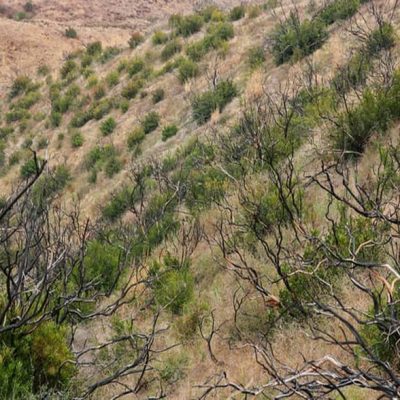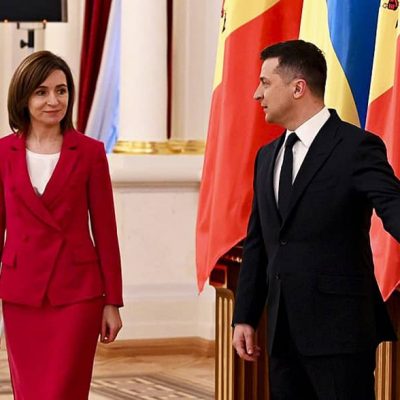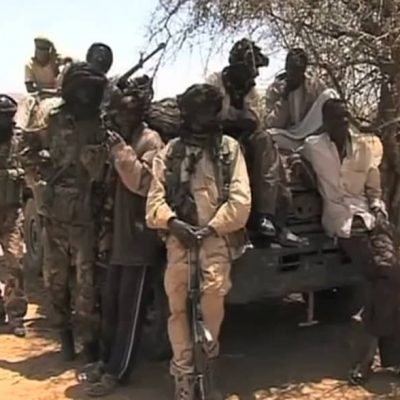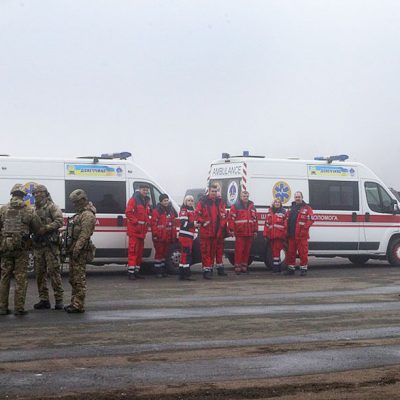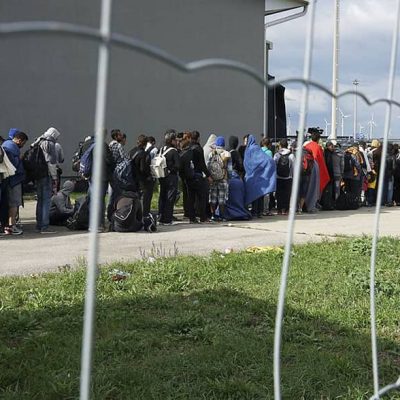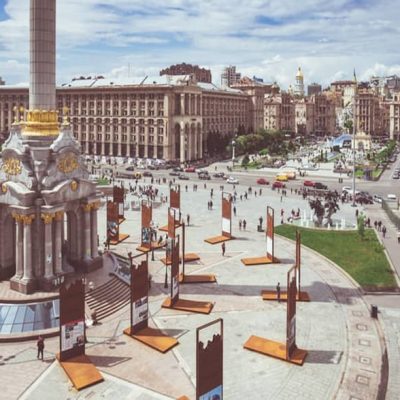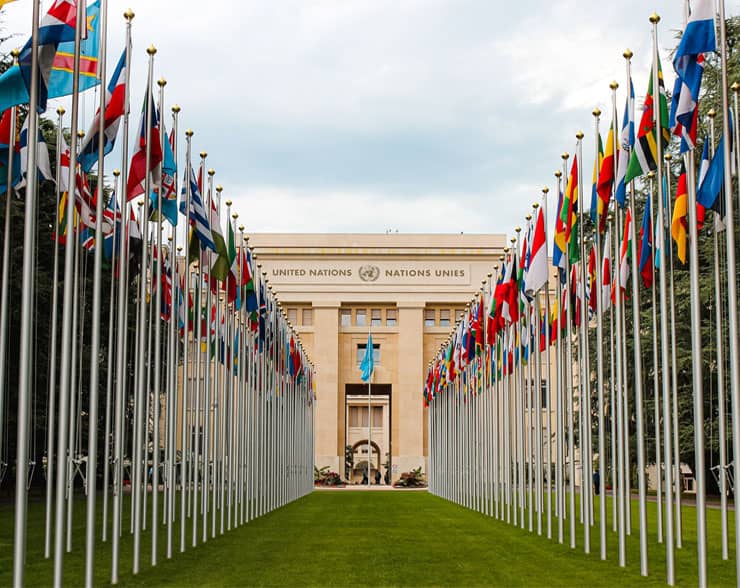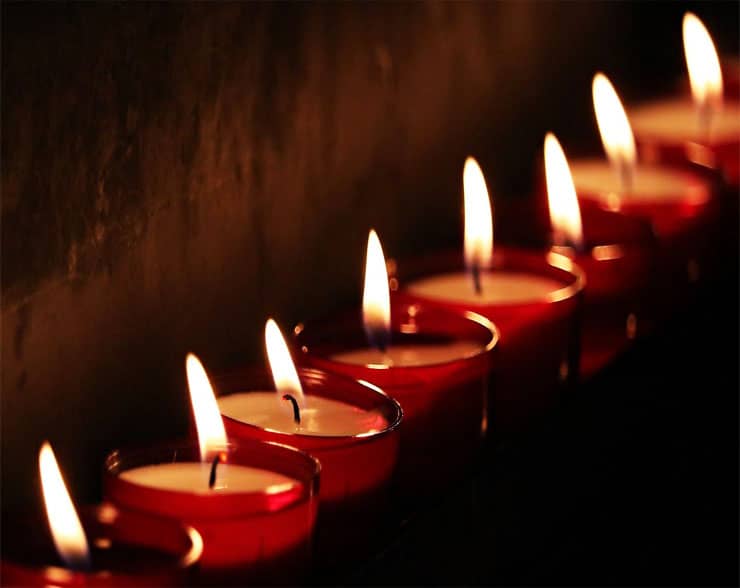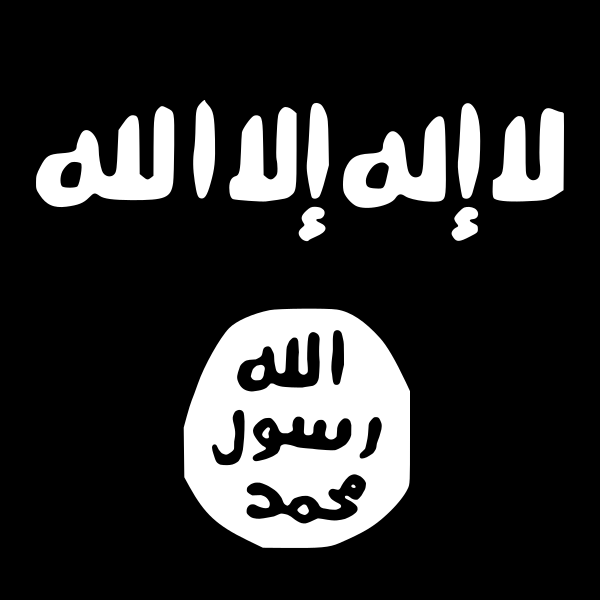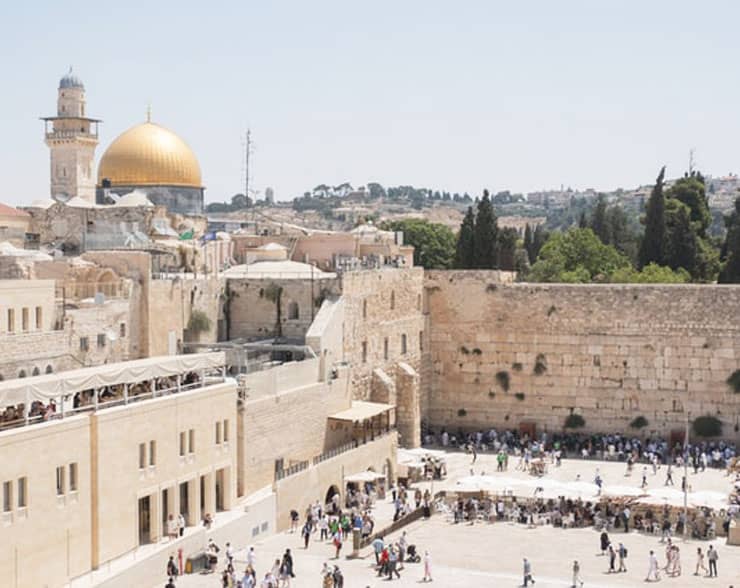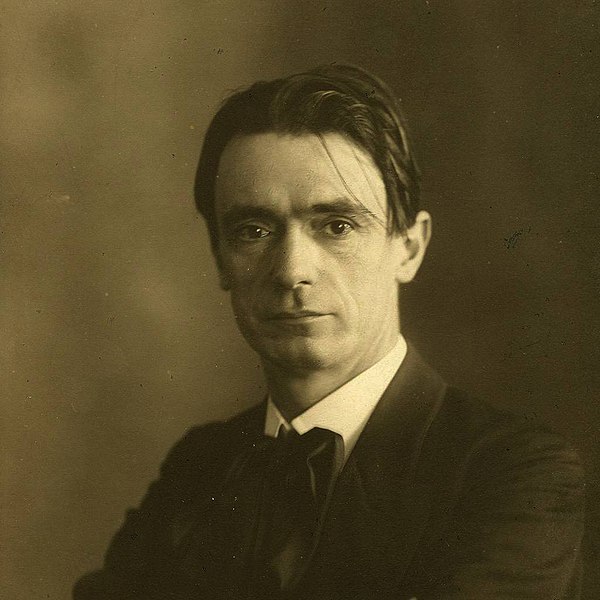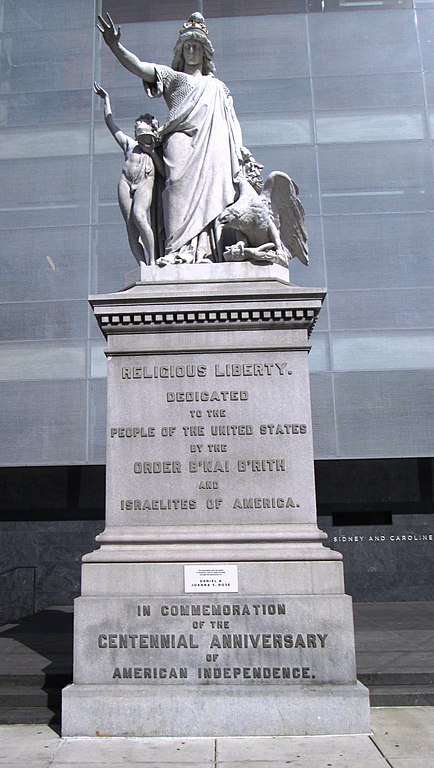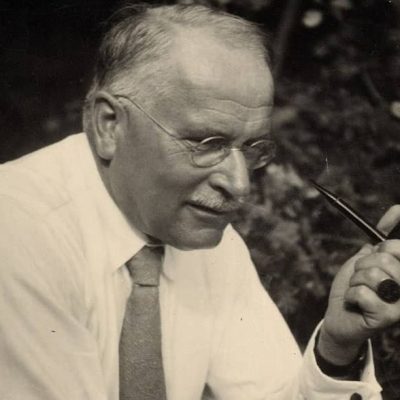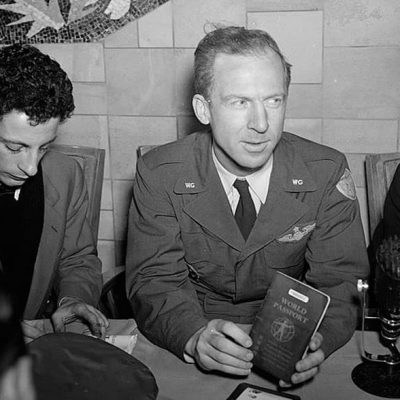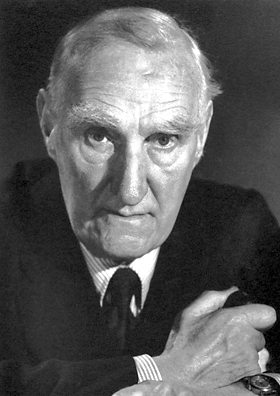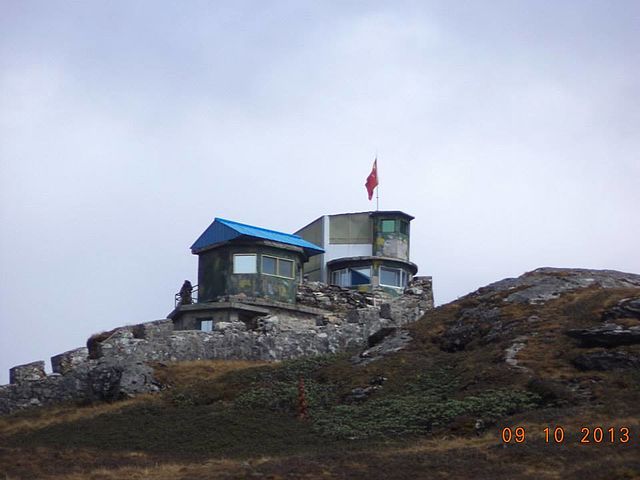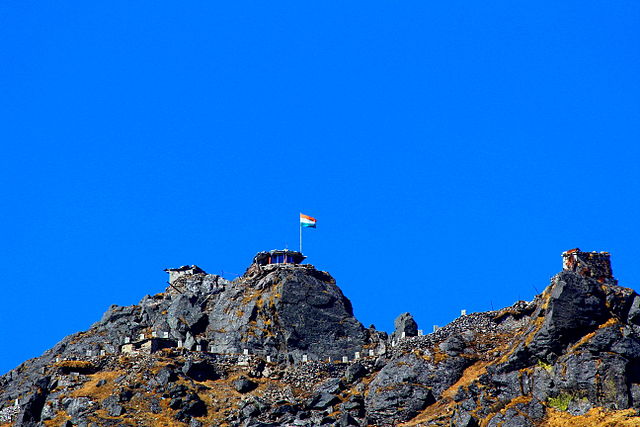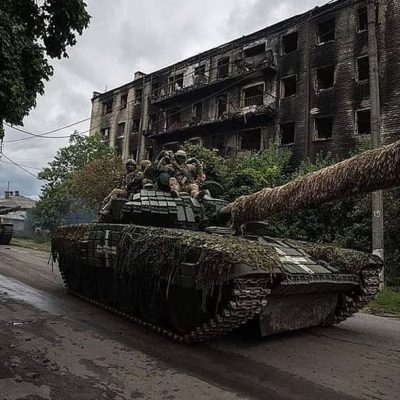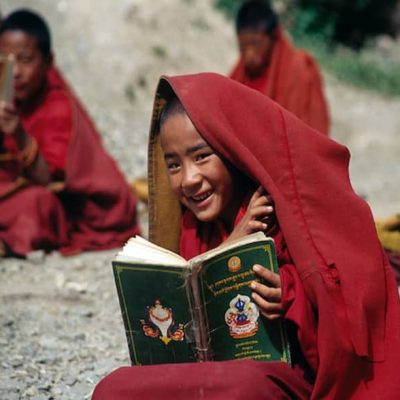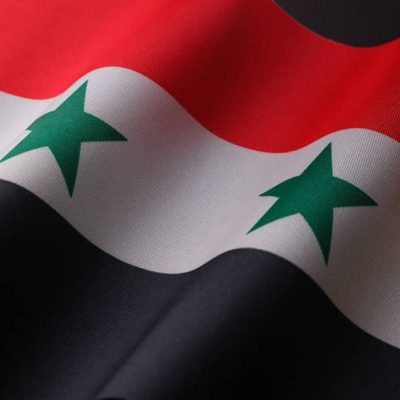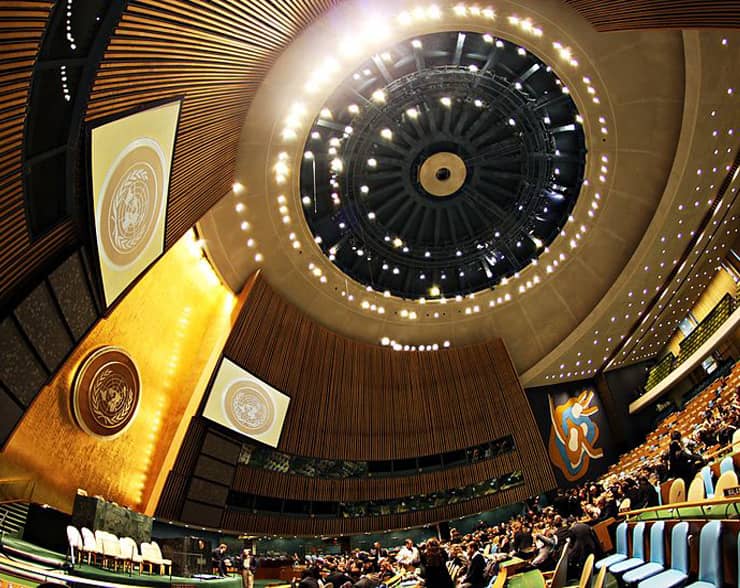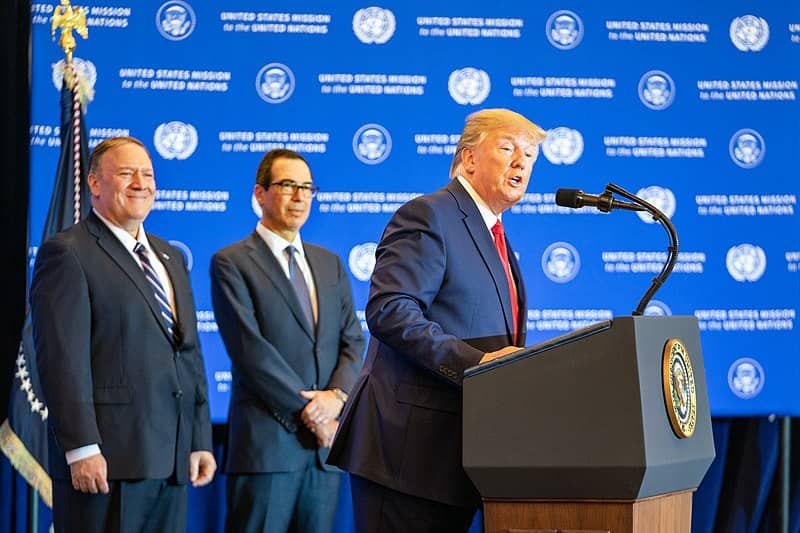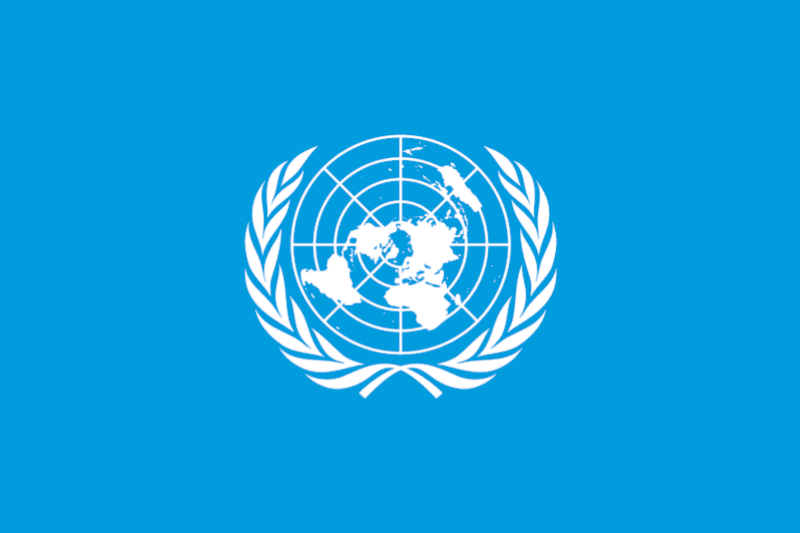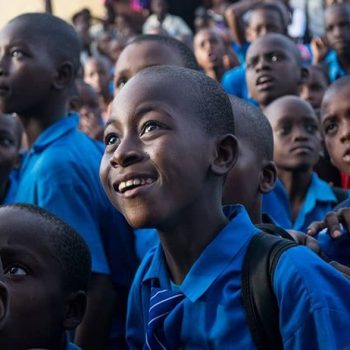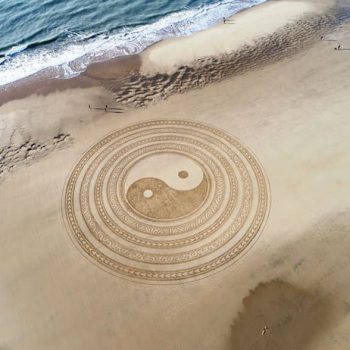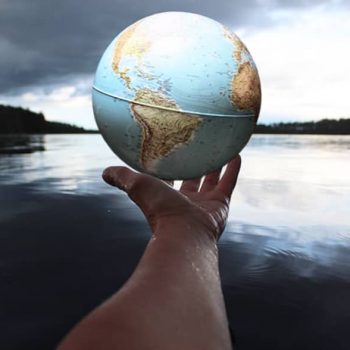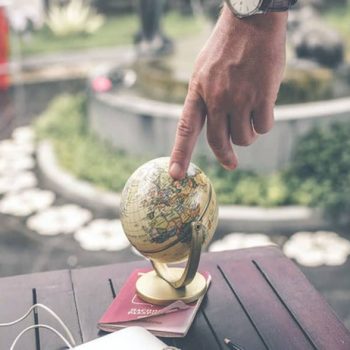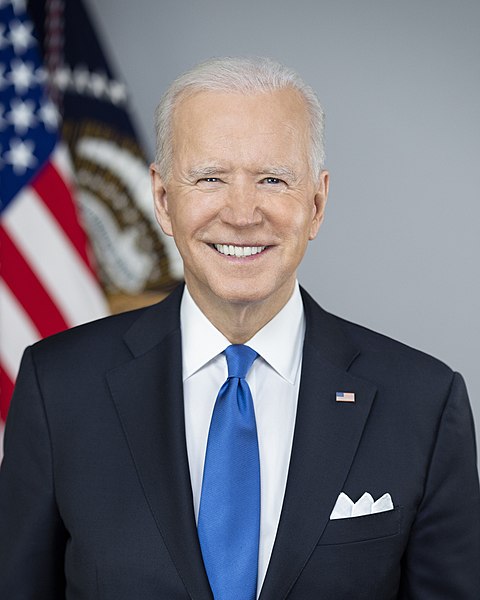 Appeals
Appeals
We Must Protect the Rights of the Hazara Population…
Featured Image: Hazara people in the streets of Kabul, Afghanistan 2020. By Shaah-Sultaan, CC BY-SA 4.0 <https://creativecommons.org/licenses/by-sa/4.0>, via Wikimedia Commons.
The Association of World Citizens (AWC) is strongly concerned by possible repression against the Hazara population in Afghanistan, repression of such an extent that it could be considered genocide. While it is still too early to know what the policies and practice of the Taliban toward minorities will be now, during the past Taliban rule (1996-2001) there was systematic discrimination against the Hazara and a number of massacres.
There are some three million Hazara whose home area is in the central mountainous core of Afghanistan, but a good number have migrated to Kabul, most holding unskilled labor positions in the city. The Hazara are largely Shi’a in religion but are considered as non-Muslim heretics or infidels by the Taliban as well as by members of the Islamic State in Khorasan (ISIS-K), now also an armed presence in Afghanistan.
In the past there was a genocidal period under the rule of Abdur Rahman Khan. During the 1891-1893 period, it is estimated that 60 percent of the Hazara were killed, and many others put into slavery-like conditions.
To understand fully the concern of the AWC for the Hazara, it is useful to recall Article II of the 1948 Convention against Genocide.
In the present Convention, genocide means any of the following acts committed with intent to destroy, in whole or in part, a national, ethnic, racial or religious group, as such:
- Killing members of the group;
- Causing serious bodily or mental harm to members of the group;
- Deliberately inflicting on the group conditions of life calculated to bring about the physical destruction in whole or in part;
- Imposing measures intended to prevent births within the group;
- Forcibly transferring children of the group to another group.

Abdur Rahman Khan, King of Afghanistan from 1880 to 1901. By Frank A. Martin, Public domain, via Wikimedia Commons.
There have been repeated appeals to make the 1948 Genocide Convention operative as world law. The then United Nations Secretary-General, Kofi Annan, said in an address at UNESCO on December 8, 1998:
“Many thought, no doubt, that the horrors of the Second World War – the camps, the cruelty, the exterminations, the Holocaust – could not happen again. And yet they have. In Cambodia, in Bosnia and Herzegovina, In Rwanda. Our time – this decade even – has shown us that man’s capacity for evil knows no limits. Genocide – the destruction of an entire people on the basis of ethnic or national origins – is now a word our out time too, a stark and haunting reminder of why our vigilance but be eternal.”
The 1948 Convention has an action article, Article VIII:
Any Contracting Party may call upon the competent organs of the United Nations to take such action under the Charter of the United Nations as they consider appropriate for the prevention and suppression of acts of genocide […]
Despite factual evidence of mass killings, some with the intent to destroy “in whole or in part”, no Contracting Party has ever called for any action under Article VIII. (1)
The criteria for mass killings to be considered genocide does not depend on the number of people killed or the percentage of the group destroyed but on the possibility of the destruction of the identity of a group. It is the identity of the Hazara and their religious base which is the key issue. Events need to be watched closely, and nongovernmental organizations must be prepared to take appropriate action.

Joint Special Envoy Kofi Annan spoke with the media at the United Nations Office at Geneva following the June 30, 2012 Meeting of the Action Group for Syria. By US Mission in Geneva, Public domain, via Wikimedia Commons.
Note.
(1) For a detailed study of the 1948 Convention and subsequent normative development see: William A. Schabas, Genocide in International Law (Cambridge University Press, 2000, 624 pp.)
Prof. René Wadlow is President of the Association of World Citizens.

President, Association of World Citizens (AWC).
Estudied International relations in The University of Chicago.
Estudied Special Program in European Civilization en Princeton University
Here are other publications that may be of interest to you.
Lifting the Odessa Blockade.
Photo by Dimitry Anikin on Unsplash. The Association of World Citizens (AWC) urges action to lift the blockade on Odessa and other Black Sea ports; so that grain and other food…
Peacebuilding and the Transformation of Education.
Featured Image: Image by Ian Ingalula from Pixabay. The United Nations is preparing a Transforming Education Summit; to be held in New York on 19 September; during the General Assembly. A…
New Efforts for Land Renewal.
Featured Image: Photo by Marcelo Bermudez on Unsplash. The States Parties to the United Nations sponsored Treaty on Desertification have been meeting in Abidjan; Cote d’Ivoire from 9 to 20…
Dangers and Conflict Resolution Efforts in Moldova.
Featured Image: Official visit of the President of the Republic of Moldova Maia Sandu to Kyiv, January 12, 2021. Meeting with the President of Ukraine Volodymyr Zelenskyi. By President.gov.ua, CC BY 4.0 <https://creativecommons.org/licenses/by/4.0>,…
Renewed Violence in Darfur: An Unstable Sudan.
Featured Image: Pro-government militia in Darfur. By Henry Ridgwell, Public domain, via Wikimedia Commons. 24 April 2022; saw renewed violence in the Darfur Provence of Sudan between Arab militias and…
Richard Falk. Public Intellectual: The Life of a Citizen Pilgrim.
Featured Image: Richard Falk. By Iran Review, CC BY 4.0 <https://creativecommons.org/licenses/by/4.0>, via Wikimedia Commons. Richard Falk has written an autobiographic account of the political issues; which have marked his life:…
A Step Forward in the U.N.’s Efforts Against Rape as a Weapon of War.
Featured Image: Photo by Stewart Munro on Unsplash. On Tuesday, 23 April 2019; the United Nations Security Council voted for resolution N° 2467; concerning the use of rape as a weapon in times…
Vital Autonomy for the People’s Republic of Donetsk and the People’s Republic of Luhansk. The Way Ahead.
Featured Image: Return of released citizens to the territory controlled by Ukraine, December 29, 2019. By President.gov.ua, CC BY 4.0 <https://creativecommons.org/licenses/by/4.0>, via Wikimedia Commons. There are many dimensions to the…
World Policy for Migrants and Refugees.
« There is no doubt that Mankind is once more on the move. The very foundations have been shakened and loosened, and things are again fluid. The tents have been struck, and the great caravan of Humanity is once more on the march. »
Jan Christian Smuts at the end of the 1914-1918 World War
Ukraine-Donbas-Russia: Can the Normandy Format Be Reactivated?
Featured Image: The famous Independence Square in Kiev on a sunny day. Photo by Euan Cameron on Unsplash. There has been of late a good deal of sabre-rattling along the Russian-Ukrainian frontier. There…


